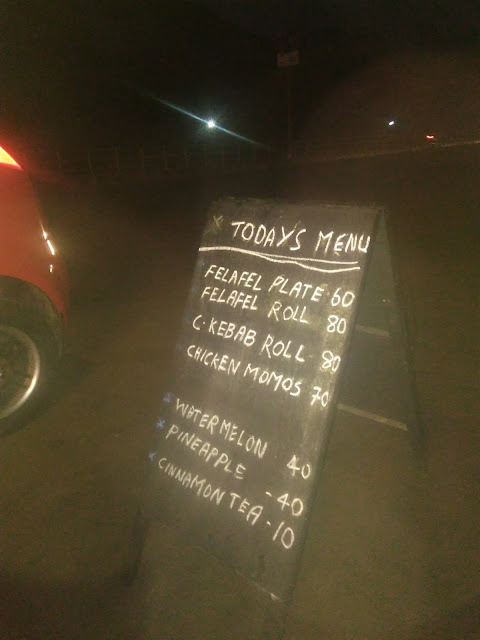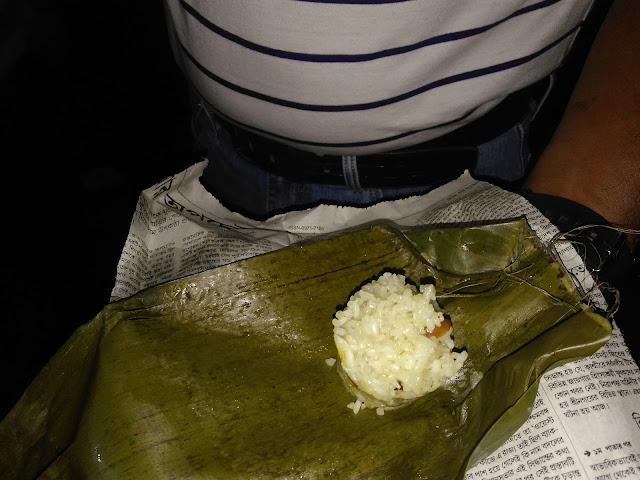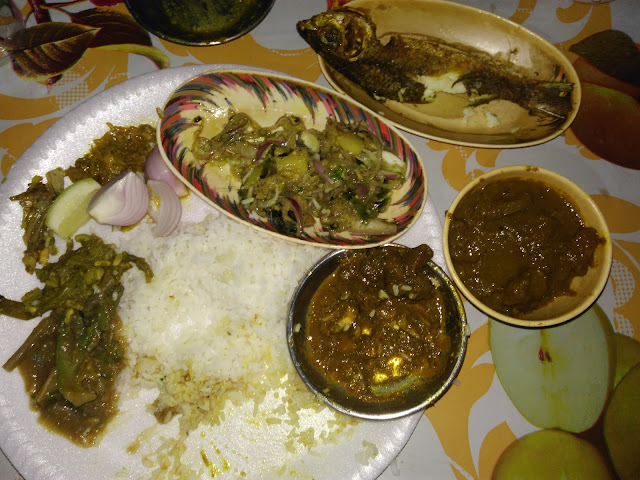The
access to diversity and quality of food always has been the core value of
Calicut food industry. Another key quality of Calicut food culture has been its
adaptability to different genre of food. A good example of this is the
mushrooming food joints copying the American fried chicken concept and are offering
almost the same quality, ambience and the value system associated with it.Food joints in Calicut
and the places around have utilized all alphabets Á’to ‘Z’’, as prefix for FC (Fried
Chicken) as names.
So
is the case with Italian food. New joints serving Italian food are opening up in
Calicut and people are accepting them happily to be a part of the Calicut brand
of food.
However,
the story of Momos in Calicut never has been the same. Momos are always known to
be connected with streets and the rest of India, especially its northern side
has accepted it as an everyman’s snack. The most popular momo joints are street
food joints. Dolma Aunty’s momo joint in Lajpath, New Delhi, is the best example
of this. But in Calicut, momos were till now restrained to high end coffee
shops and hotels and never were accessible to the foodie public of Calicut. Momos
are known in these hotels mostly in the larger bracket of dumplings, which
would be an alien term to the streets and street foodies.
Thankfully,
Calicut has now responded to this culinary gap. A ‘’food on wheel’ joint called
‘’Eat Box’” has come up with momos, combining it with the street feel. The Éat
Box”’ parks opposite to Sarovaram Bio Park, starting from four in the evening
and sells wonderful ‘’Nilpan’” cuisines. (Nilpan is the Malayalam expression
referring to having a quick standing drink at a bar counter, without even wasting
time to sit down). They are open till eleven thirty in the night.
As
in any street kiosk, the menu is simple and straight forward here. Eat Box serves Momos, Falafel, Kebab Rolls,
Cinnamon Tea and couple of premixed fruit flavored drinks. The rates are pretty reasonable to Kerala
standards.
The
whole presentation, with an illuminated logo and subtle graffiti is so inviting
that, I made my wife wait for half an hour before she was picked up, as I was
dragged in by the surprise of street momos in Calicut. The vendor, who had a
sling bag as the cash chest was taking impressive efforts to introduce these
dishes which are new to the streets of Calicut. He introduces falafel as a
softer version of Parippu Vada (Lentil Vada). These to me are signs of momo
getting inducted into the culinary vocabulary of the Calicut brand of food.
Another
added pleasure for me at Eat Box was meeting Chandro Jamathia from Udaipur,
Tripura, who is the chef at this new venture. I suggested him to introduce Russian salad, as
it is called in the streets of Tripura, a chicken delicacy, which I expect to
win the hearts and tongues of Calicut.
The
kebab roll made my day and the Humbai (Thank you in Kokborok, which is the local
language of Tripuris) from me, for sure made the day for Chandro Jamathia.
















































